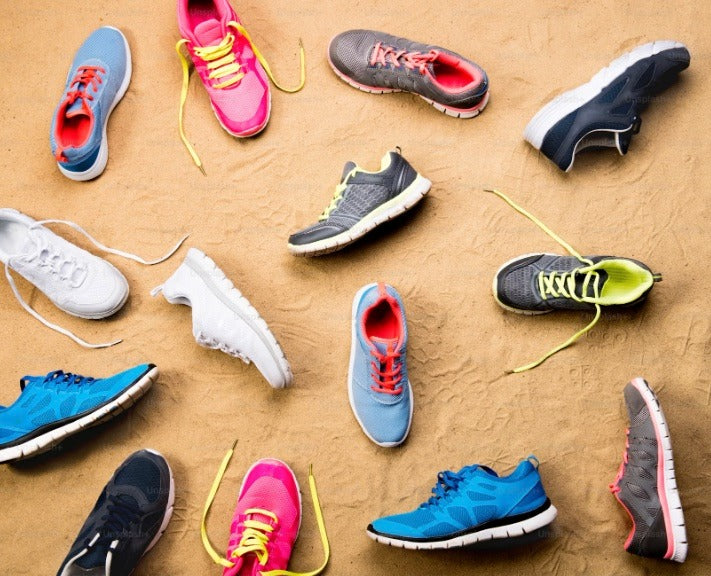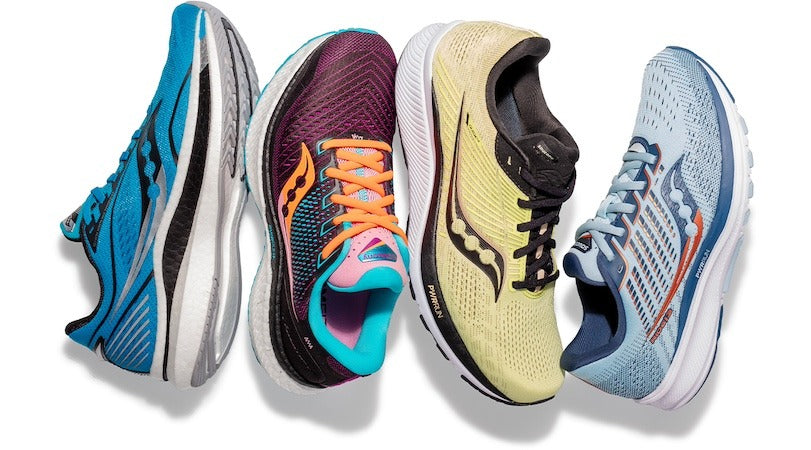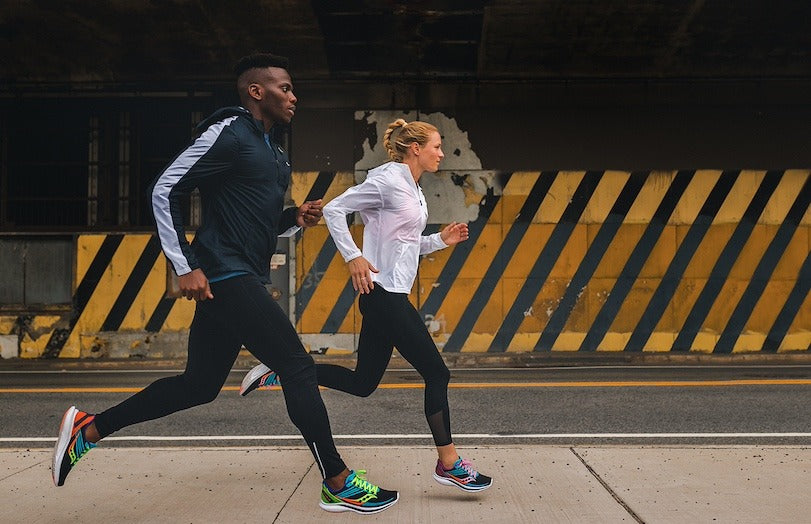Why It’s Essential for Your Training

How Many Running Shoes Should You Have?
If you run four or more times weekly, you should ideally have two(+) pairs of running shoes. One pair may suffice if you run only one or two days a week, but wear different shoes for other activities. For runners focusing on speed, having a pair of carbon-plated shoes for speed work and races, along with two pairs of everyday trainers, is beneficial.
This isn’t just about performance—it’s also about injury prevention and ensuring you have a reliable pair of shoes ready for race day.
What Should Your Running Shoe Rotation Include?
You might stick to one model or try different ones. Aim for variety in feel or heel-to-toe drop to help work your feet in different ways. If you run on consecutive days, rotate between shoes.
Examples:
Saucony Ride 17
Saucony Triumph 22
Speed Workout Shoes (1+ pairs):
These are great for speed work and setting personal records. The right pair can help signal your body that it’s time to push harder.
An example:
Saucony Endorphin Speed 4 (which can also double as a daily trainer)
Race Day Shoes:
Depending on your goals, you may use a newer version of your daily trainers or switch to a carbon-plated shoe for added performance. Test these shoes on a long run (10 miles for a half marathon, 15 miles for a full marathon) to ensure no issues like blisters.
Examples:
Saucony Endorphin Pro 4
Saucony Endorphin Elite
Should You Rotate the Same Shoe or Different Types?
If you’ve been injury-free and swear by a particular model, rotating two pairs of the same shoe is fine. If you’ve had injuries, rotating between different types of shoes may help prevent overuse of the same muscles and reduce injury risk.


Why Rotating Running Shoes Is Important:
Prevent Muscle Imbalances:
Using the same shoes consistently can lead to muscle imbalances. For instance, wearing stability shoes for overpronation without addressing underlying muscle weakness (like in the hips) can eventually lead to injury. Studies show that rotating between at least two shoe models reduces injury risk by 39%.
Give Shoes Time to Recover:
Cushioned shoes need 24 hours to rebound fully. Rotating shoes allows them to restore their support, reducing the risk of injury and extending their lifespan.
